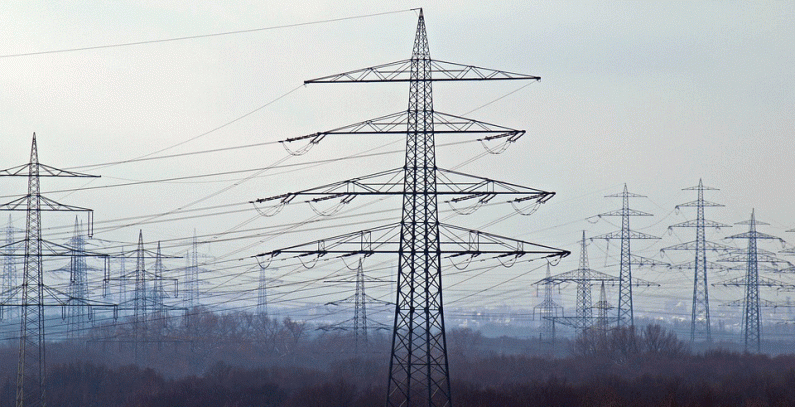
Photo: Pixabay
The government in Ljubljana has adopted the preliminary annual energy balance, where supply came in at 293.7 petajoules, which is equivalent to 81.6 TWh. Slovenia’s final consumption is expected to reach 210.8 petajoules in 2019. Calculations landed import energy dependence at 49.2% compared to the projected 50.4% and last year’s 50.1%. The last two figures were printed in June in the report for 2018.
The statement offers no details. Ministers said the document would include the plan for the support scheme for the production of electricity from renewable sources and high-efficiency cogeneration and a forecast for available funds. The balance is based on statistical data and energy companies’ targets.
Supply grew by a mere 0.03% last year, to 286.4 petajoules. Final consumption increased by 1.3% to 208.8 petajoules. Excluding hydropower, the supply of energy from renewable sources jumped 2.7% to 34.2 terajoules. The share of renewables in gross final consumption including hydropower advanced by half a percentage point to 22.1% but the target was 23.7%. Transport accounted for 38.7% or 80 petajoules of energy consumption in 2018. Manufacturing and construction followed with 26.4% and households had a 23% share in the energy balance.
The Energy Agency will support the production of power from renewables and in high-efficiency cogeneration with EUR 10 million
Simultaneously, the Energy Agency issued the sixth public call for the selection of projects from renewable energy sources and high-efficiency production in the sector of combined heat and power, CHP, where electricity is eligible for support. Participants are obligated to post the price in euros per megawatt-hour. The total amount of funds is EUR 10 million. They are distributed in a two-round competition procedure. The deadline for submitting projects February 18.
Of note, the average electricity price for households in the third quarter was EUR 0.17 per kWh or 3% more than in the three months through June. The average before value-added tax for nonhousehold consumers was EUR 0.08 per kWh, a 1% increase.
The latest data showed net electricity generation of 1.53 TWh for last month, a stunning 86% gain over October, when the country’s only nuclear plant Krško underwent overhaul. Consumption slipped 0.5% to 1.19TWh. Imports were 547 GWh while 845 GWh of electricity was exported.
In other news, the government adopted a directive on the electricity system’s risk preparedness with rules for cooperation within the European Union “in a spirit of solidarity and transparency” and in line with the regulations for competition in the internal electricity market. Member states must designate a competent authority by January 5.





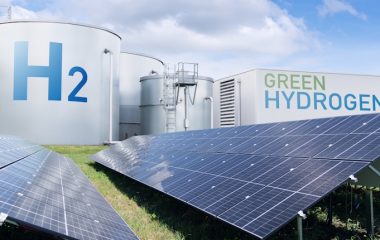
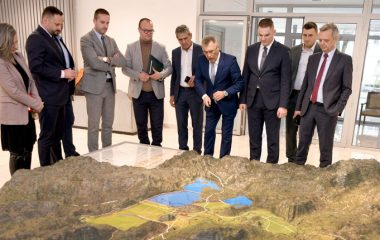
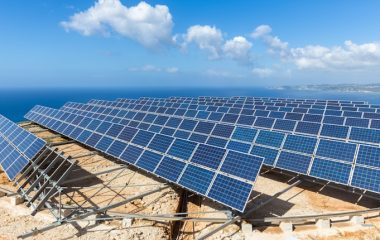
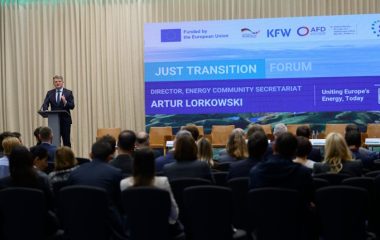
Be the first one to comment on this article.